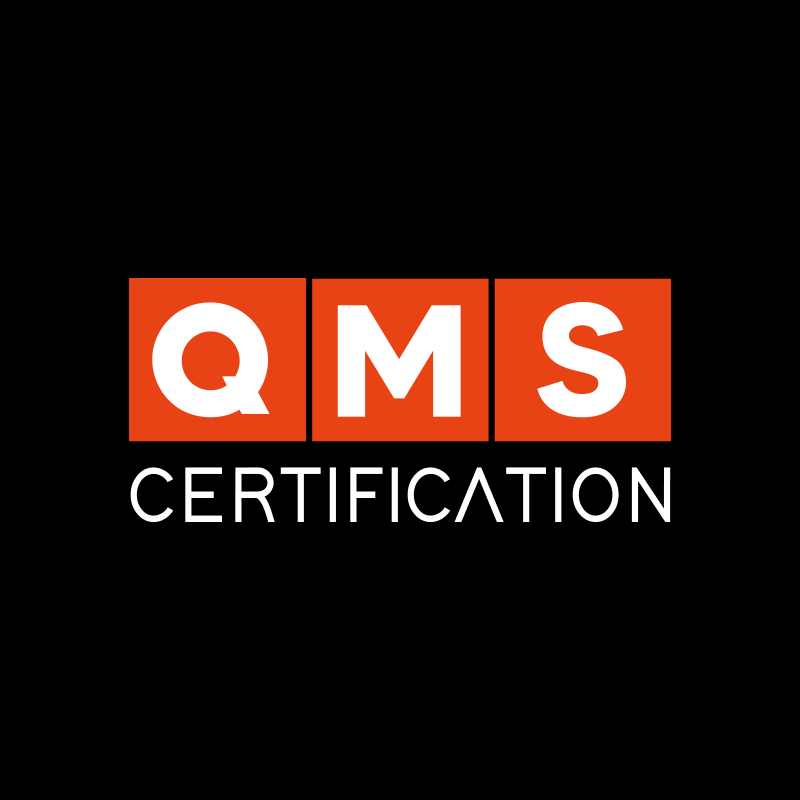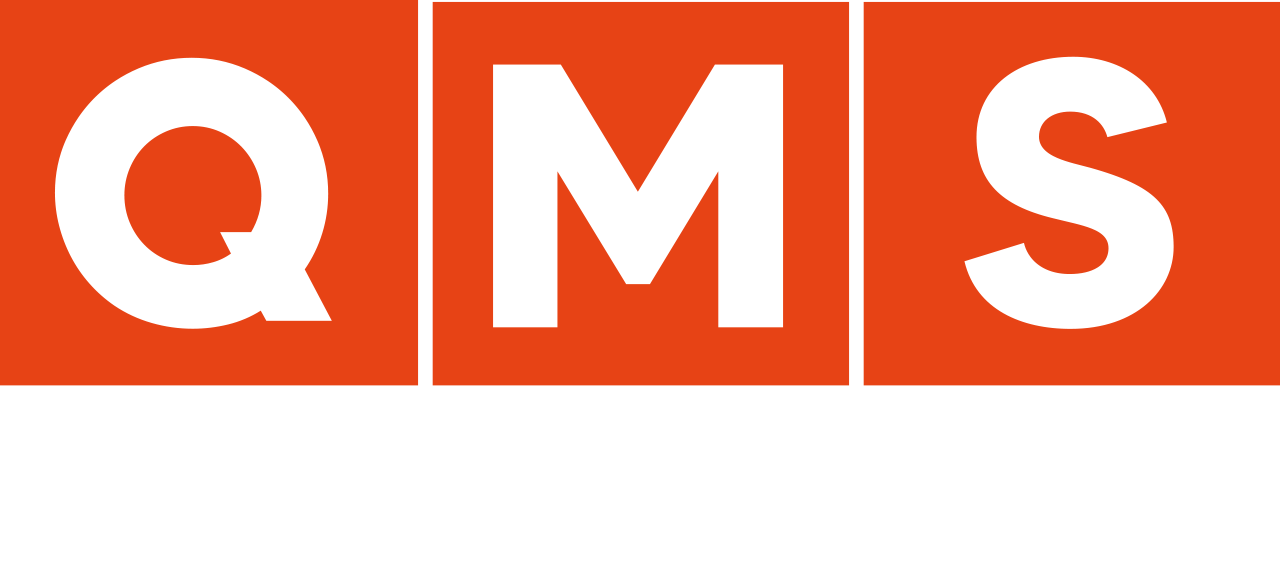In today’s content, we will talk about ISO 45001, an important standard for any organization!
Operating without a management system based on this standard can lead to significant problems for companies. Without proper care, some operational contexts can suffer from an increase in injuries and work-related accidents, higher employee turnover, lower productivity, and even increased costs and legal compliance issues.
Having a standard like ISO 45001 is essential to ensure the health of the people involved with the company and, in turn, to secure positive results. Therefore, in today’s article, we will explore ISO 45001 and the Occupational Health and Safety Management System (OHSMS). Let’s dive into the text!
ISO 45001 is an international standard published by ISO (International Organization for Standardization). It was released in 2018 and specifies requirements for an Occupational Health and Safety Management System (OHSMS). Its primary objective is to enable our organizations to provide safe and healthy workplaces for people.
Among the key focuses of the standard are the prevention of work-related injuries and health problems, as well as reducing absenteeism and employee turnover. Additionally, it aims to improve performance in occupational health and safety.
ISO 45001, like most ISO standards, is based on the PDCA (Plan-Do-Check-Act) cycle to promote continuous improvement of the management system. It also requires our companies to consider the internal and external context that can impact people’s health and seeks to promote a stronger culture of health and safety within organizations.
ISO 45001 is a robust and well-constructed standard. It is already aligned with Annex SL – the high-level structure of ISO – and can bring many positive results for companies that adopt it. For example, the implementation of ISO 45001 offers benefits such as:
The implementation of this standard requires a well-thought-out project, as it will bring changes to the entire organizational structure. However, some factors can make a significant difference in the implementation project and the success of the OHSMS. Let’s take a look!
These precautions will ensure that the implementation of the OHSMS is solid and robust, and, consequently, will bring significant results for your company.
ISO 45001 was published quite recently, in 2018, so it’s important to highlight that it was created to replace and be a better option than the former OHSAS 18001 standard, which had many of its best practices incorporated into ISO 45001.
After the official publication of ISO 45001, organizations certified under OHSAS 18001 were given a period to transition to the new standard. This transition involved adapting existing management systems and implementing the practices and new requirements present in ISO 45001.
OHSAS 18001 – Occupational Health and Safety Assessment Series – was initially published in 1999 and played an important role in health and safety. However, ISO 45001 has significantly impacted how organizations approach this topic, expanding its concepts and importance. Additionally, ISO 45001 provides a globally recognized framework that helps organizations identify and control their OHS risks, reduce the potential for accidents, comply with legal regulations, and improve overall performance.
Above all, having a good OHSMS provides an unparalleled competitive advantage! It not only prevents severe problems and accidents but also fosters several significant operational improvements.
Having a management system that prioritizes the health and safety of our employees creates a much more positive image of our company in the market. This not only facilitates attracting new business but also helps in recruiting and retaining talent.
Combined with increased productivity – since people have better working conditions – this leads to higher revenue and lower operational costs. Adding these factors together, companies that implement ISO 45001 achieve better financial results and have a greater probability of reaching their strategic objectives.
Operating without a management system based on this standard can lead to significant problems for companies. Without proper care, some operational contexts can suffer from an increase in injuries and work-related accidents, higher employee turnover, lower productivity, and even increased costs and legal compliance issues.
Having a standard like ISO 45001 is essential to ensure the health of the people involved with the company and, in turn, to secure positive results. Therefore, in today’s article, we will explore ISO 45001 and the Occupational Health and Safety Management System (OHSMS). Let’s dive into the text!
What is ISO 45001?
ISO 45001 is an international standard published by ISO (International Organization for Standardization). It was released in 2018 and specifies requirements for an Occupational Health and Safety Management System (OHSMS). Its primary objective is to enable our organizations to provide safe and healthy workplaces for people.
Among the key focuses of the standard are the prevention of work-related injuries and health problems, as well as reducing absenteeism and employee turnover. Additionally, it aims to improve performance in occupational health and safety.
ISO 45001, like most ISO standards, is based on the PDCA (Plan-Do-Check-Act) cycle to promote continuous improvement of the management system. It also requires our companies to consider the internal and external context that can impact people’s health and seeks to promote a stronger culture of health and safety within organizations.
Benefits of ISO 45001
ISO 45001 is a robust and well-constructed standard. It is already aligned with Annex SL – the high-level structure of ISO – and can bring many positive results for companies that adopt it. For example, the implementation of ISO 45001 offers benefits such as:
- Risk management and reduction: ISO 45001 places a strong emphasis on identifying, mapping, and managing risks, which can result not only in a lower incidence of occupational accidents and illnesses but also in more effective action in case of incidents;
- Improved employee morale: By making the operational environment of processes safer and healthier, our employees tend to be more productive and achieve higher levels of job satisfaction. This translates into lower turnover rates and higher productivity;
- Greater legal compliance: ISO 45001 focuses heavily on compliance with health and safety regulations and laws. This helps keep the company operating legally and avoids costs related to fines or sanctions due to non-compliance with relevant laws and regulations.
Key Factors in the Implementation of ISO 45001
The implementation of this standard requires a well-thought-out project, as it will bring changes to the entire organizational structure. However, some factors can make a significant difference in the implementation project and the success of the OHSMS. Let’s take a look!
- Engagement of top management: As with any other management system, it is crucial that top management is committed and involved in the implementation process. This will facilitate the engagement of the rest of the team as well as the acquisition of the necessary resources for the system;
- Identification of risks and opportunities: A deep and detailed analysis of the risks and opportunities related to occupational health and safety will be necessary. Here, it’s essential to allocate separate time for analyzing each aspect and not to skimp on time for mapping;
- Employee participation: Involving employees is a requirement of the standard, and we must do this at all levels. This is necessary not only for identifying risks and hazards but also for developing solutions. Additionally, it’s important for identifying opportunities for improvement;
- Training and competence are fundamental: Ensure that all employees receive adequate training and are competent to perform their duties safely. This means providing training that ranges from the correct use of personal protective equipment (PPE) to understanding how the management system functions and the processes of awareness and improvement.
These precautions will ensure that the implementation of the OHSMS is solid and robust, and, consequently, will bring significant results for your company.
OHSAS 18001 and the Occupational Health and Safety Management System
ISO 45001 was published quite recently, in 2018, so it’s important to highlight that it was created to replace and be a better option than the former OHSAS 18001 standard, which had many of its best practices incorporated into ISO 45001.
After the official publication of ISO 45001, organizations certified under OHSAS 18001 were given a period to transition to the new standard. This transition involved adapting existing management systems and implementing the practices and new requirements present in ISO 45001.
OHSAS 18001 – Occupational Health and Safety Assessment Series – was initially published in 1999 and played an important role in health and safety. However, ISO 45001 has significantly impacted how organizations approach this topic, expanding its concepts and importance. Additionally, ISO 45001 provides a globally recognized framework that helps organizations identify and control their OHS risks, reduce the potential for accidents, comply with legal regulations, and improve overall performance.
OHSMS – A Significant Competitive Advantage
Above all, having a good OHSMS provides an unparalleled competitive advantage! It not only prevents severe problems and accidents but also fosters several significant operational improvements.
Having a management system that prioritizes the health and safety of our employees creates a much more positive image of our company in the market. This not only facilitates attracting new business but also helps in recruiting and retaining talent.
Combined with increased productivity – since people have better working conditions – this leads to higher revenue and lower operational costs. Adding these factors together, companies that implement ISO 45001 achieve better financial results and have a greater probability of reaching their strategic objectives.











